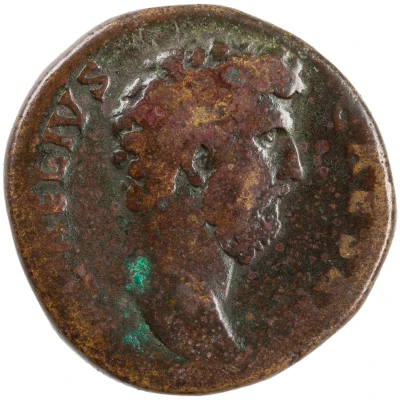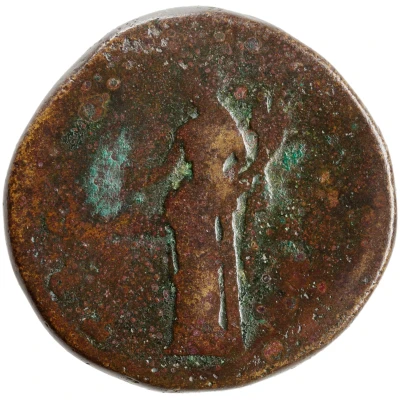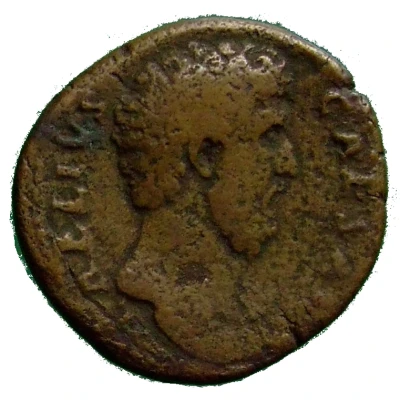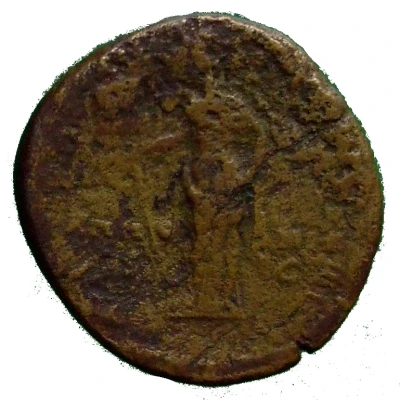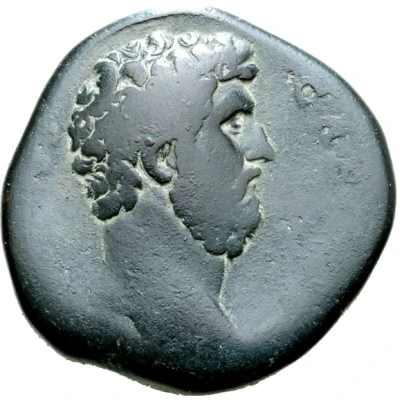


© Roma Numismatics Limited
Sestertius - Lucius Aelius TR POT COS II PANNONIA S C; Pannonia
137 year| Orichalcum | 25 g | 32.5 mm |
| Issuer | Rome › Roman Empire (27 BC - 395 AD) |
|---|---|
| Emperor | Hadrian (Publius Aelius Hadrianus) (117-138) |
| Type | Standard circulation coin |
| Year | 137 |
| Value | 1 Sestertius = ¼ Denarius |
| Currency | Denarius, Reform of Augustus (27 BC – AD 215) |
| Composition | Orichalcum |
| Weight | 25 g |
| Diameter | 32.5 mm |
| Shape | Round (irregular) |
| Technique | Hammered |
| Demonetized | Yes |
| Updated | 2024-10-06 |
| Numista | N#257082 |
|---|---|
| Rarity index | 100% |
Reverse
Pannonia standing facing, head left or right, holding vexillum and robe.
Script: Latin
Lettering:
TR POT COS II
PANNONIA
S C
Translation:
Tribunicia Potestate, Consul Secundum. Pannonia. Senatus Consultum.
Holder of tribunician power, consul for the second time. Pannonia. Decree of the senate.
Comment
Source: Online Coins of the Roman Empire (OCRE)Interesting fact
The Sestertius coin , which features Lucius Aelius and was minted in Pannonia, is made of a metal called Orichalcum. Orichalcum was a type of brass alloy that was commonly used in Roman coinage during the 2nd and 3rd centuries AD. It was valued for its durability and resistance to corrosion, and was often used to mint coins that were meant to be used in everyday transactions. The use of Orichalcum in Roman coinage during this period reflects the empire's emphasis on trade and commerce, as well as its desire to create a standardized and reliable currency that could be used throughout its territories.
